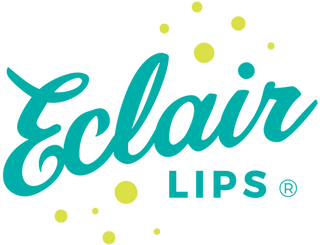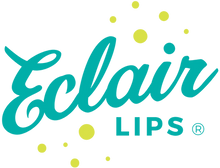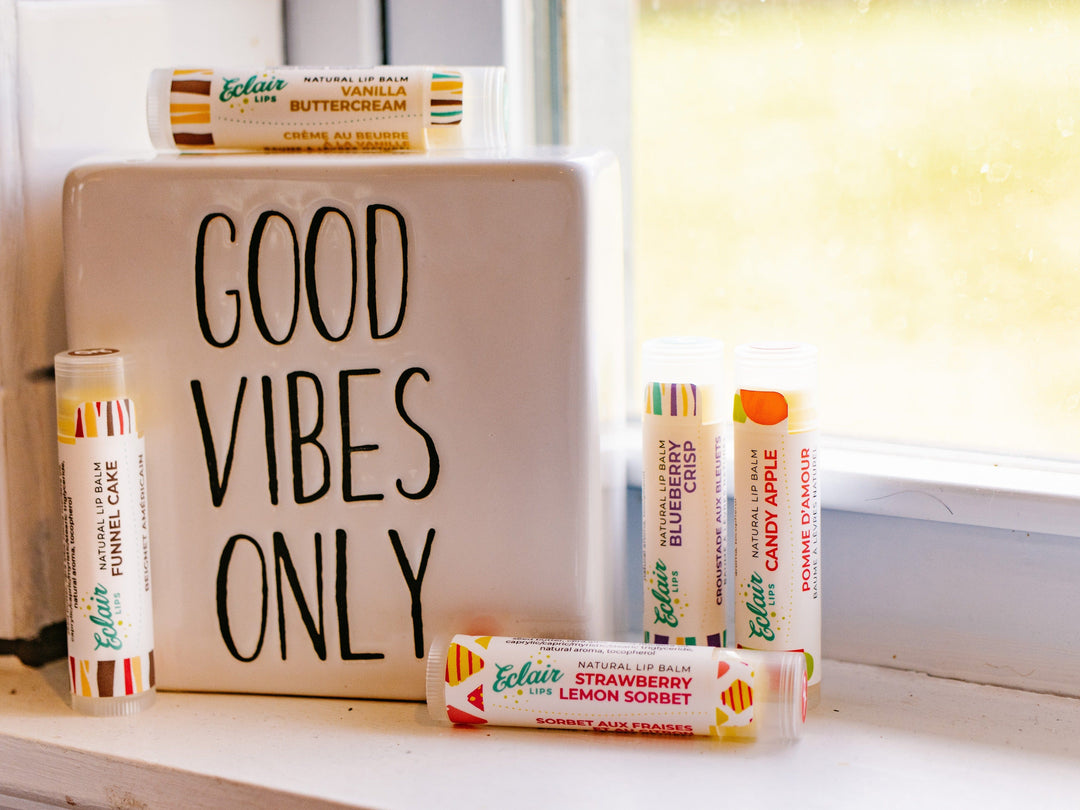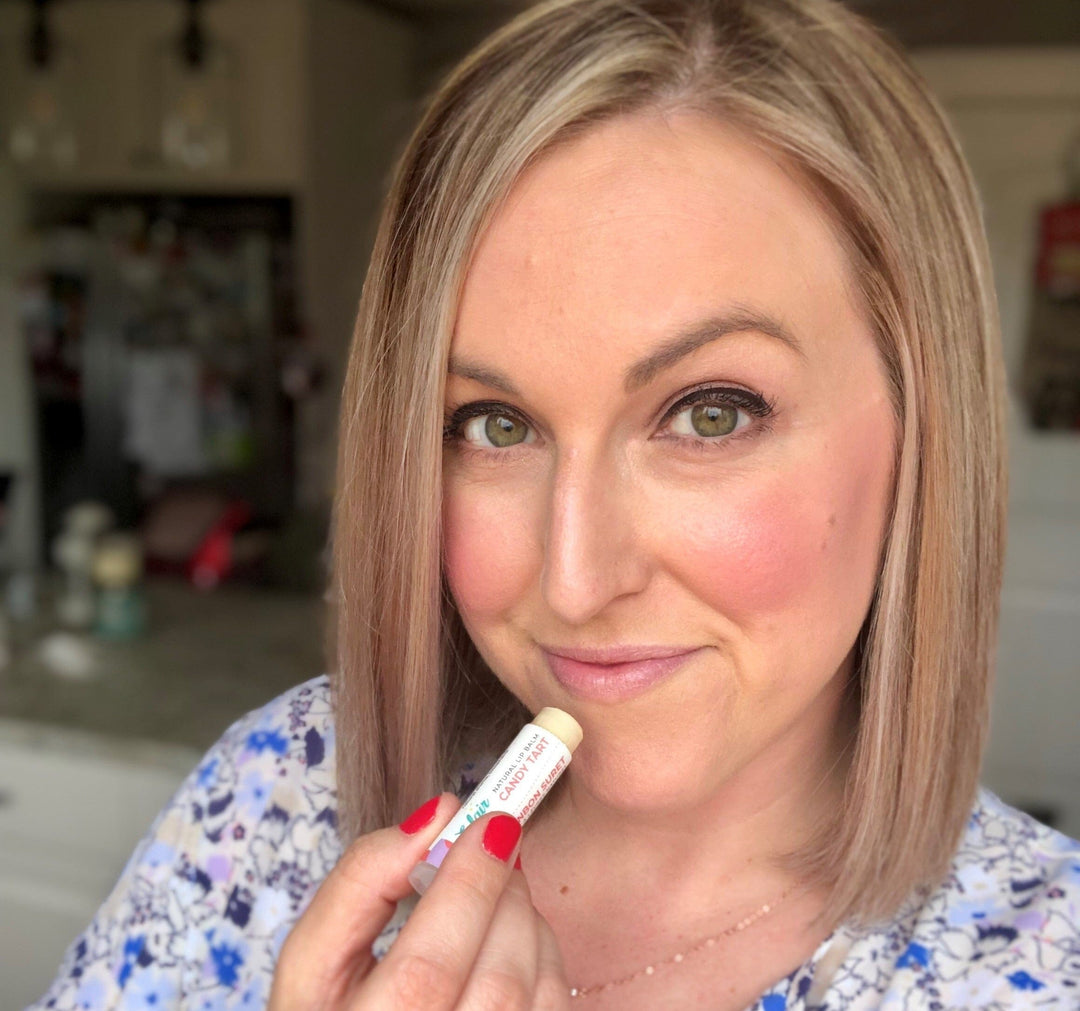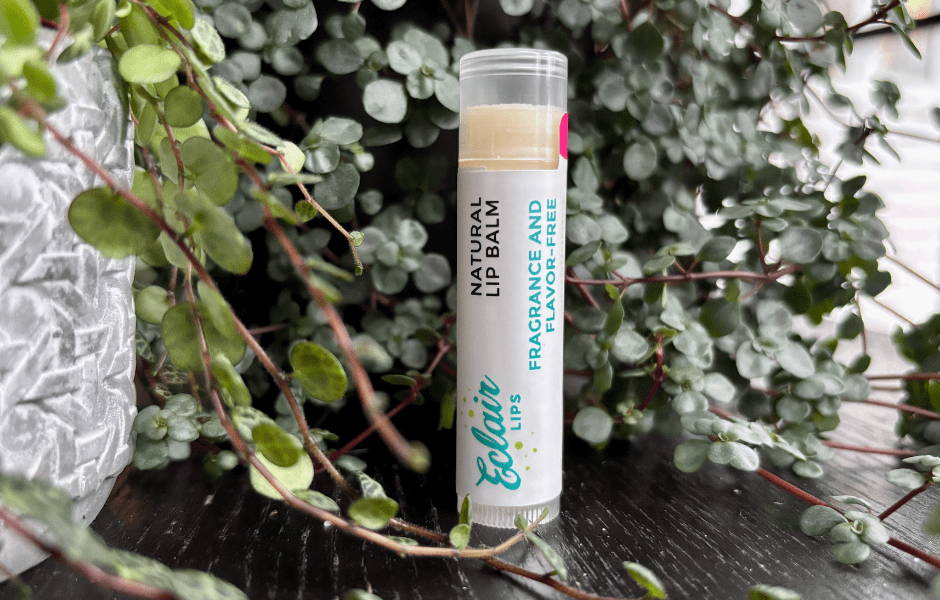Lip Balm vs ChapStick: What's Actually Different?
The Real Difference Between Lip Balm and ChapStick (Spoiler: Not Much)

Lip balm vs ChapStick: is there actually a difference, or are these just two names for the same thing? The question comes up constantly, and for good reason. Some products say "lip balm" on the package, others say "ChapStick," and when you're standing in the drugstore aisle staring at dozens of tubes, you might wonder if there's some meaningful distinction you're missing.
The short answer: ChapStick is just a brand name that became so popular it turned into a generic term, like Kleenex or Band-Aid. But there's actually more to explore here than just trademark history, because the way these terms get used can tell you something about what you're buying and what to expect. Let's break down what's really going on when someone says "chapstick" versus "lip balm," and what actually matters when you're trying to keep your lips comfortable.
Quick Takeaway
- ChapStick is a brand name from 1912 that became a generic term for lip balm
- Lip balm is the proper product category name for any moisturizing lip product
- Both terms refer to the same thing: a wax-based formula that moisturizes and protects lips
- The ingredients and performance matter way more than what the product is called
- When shopping, focus on the ingredient list rather than the product name
Contents
The History Behind the Name Confusion
ChapStick started as an actual brand back in 1912 when John Morton created it in Lynchburg, Virginia. The product took off, and over the following decades it became so synonymous with lip care that people started using "chapstick" (lowercase) as a catch-all term for any lip moisturizer. This happens with successful brands sometimes, where the name becomes bigger than the company. You probably say "I need a kleenex" when you mean tissue, or "pass me a band-aid" when you mean any adhesive bandage. The same thing happened with ChapStick.
The interesting part is that this generic use of brand names actually bothers trademark lawyers. Companies work hard to protect their trademarks from becoming generic because once a name becomes too common, they can lose exclusive rights to it. That's why you'll sometimes see brands remind people that their name is capitalized and refers specifically to their product. But in everyday conversation, most of us just say "chapstick" when we mean any tube of lip moisturizer, and honestly, that's fine for casual use.
The term "lip balm" is the proper, generic name for the entire product category. It covers everything from basic drugstore tubes to fancy artisan balms in tins to tinted options that double as makeup. When a product says "lip balm" on the label, it's using the correct product category name rather than borrowing from a specific brand.

What Actually Makes a Lip Balm Work
Regardless of whether you call it chapstick or lip balm, the product works the same way. Your lips need moisture and protection because they don't have oil glands like the rest of your skin does. Dermatological research shows that lips have thinner, more vulnerable skin that loses moisture easily, especially in harsh weather. A good lip balm creates a protective barrier that seals in moisture and shields your lips from wind, cold, sun, and dry air.
The key players in any lip balm formula are waxes, oils, and butters, and the ratio between them determines how the balm feels and performs. Waxes like beeswax provide structure and create that moisture-locking barrier on your lips. Oils add slip and help the balm glide on smoothly. Butters like shea or cocoa butter contribute a creamy, cushiony feel and melt at body temperature for comfortable wear.
A balanced formula typically includes around 15-25% wax, with the rest being oils and butters in varying proportions. Too much wax makes a balm feel stiff and draggy, while too much oil makes it slip off quickly and require constant reapplication. The sweet spot is somewhere in the middle, where you get good protection without sacrificing comfort. This is true whether the label says "ChapStick," "lip balm," or something else entirely.
Brand vs Generic: Does It Actually Matter?
Here's where things get practical. ChapStick (the actual brand) makes a perfectly serviceable product, but so do hundreds of other companies making lip balm. The brand name doesn't automatically make it better or worse than any other option. What matters is the ingredient list, the formula quality, and whether it works for your specific needs.
Some people swear by name-brand ChapStick because it's familiar, affordable, and widely available. Others find that mass-market options contain ingredients that dry out their lips over time, and they prefer smaller brands or natural formulations. There's no universal answer here because everyone's lips are different, and what works beautifully for your friend might leave you reaching for more moisture an hour later.
The real question isn't "chapstick or lip balm?" but rather "which specific product formula works best for me?" You could try ten different products all called "lip balm" and have completely different experiences with each one, just like you could try ChapStick's various flavours and find some work better than others. The name is just a name.
Common Ingredients You'll Find in Both
Whether you're looking at a tube of ChapStick or a handmade lip balm from a small business, you'll see a lot of the same ingredients showing up. The basic building blocks of lip care haven't changed much over the decades because, frankly, they work.
Beeswax appears in countless formulas because it creates an excellent protective barrier and gives the balm a smooth, not-too-soft texture. If you've ever felt a chunk of beeswax between your fingers, you might wonder how such a hard substance could make a nice lip balm. But when used in the right ratio with oils and butters, it helps keep the balm firm while protecting your lips and locking in the benefits from the other ingredients.
Petroleum jelly (petrolatum) is another common ingredient, especially in mass-market products. It's incredibly effective at creating a moisture barrier and it's very inexpensive, which is why you'll find it in budget-friendly options. Some people prefer it for severely chapped lips because it's bland and unlikely to cause irritation. Others avoid it because they want plant-based ingredients instead.
Plant oils and butters like coconut oil, shea butter, cocoa butter, and jojoba oil show up frequently, especially in natural or artisan formulations. These ingredients add moisturizing properties and often feel more luxurious than petroleum-based options. A protective balm with nourishing butters can feel really comforting when your lips are dry and tight.
Some formulas include vitamin E as an antioxidant to help preserve the freshness of the oils in the product. You might also see ingredients like aloe or calendula, which brands include for their soothing properties (though in cosmetic amounts, these function mainly for comfort rather than as medical treatments).

The Ingredients That Actually Cause Problems
Not all lip balm ingredients are helpful, and this applies to both brand-name products and generic options. Some common additives can actually dry out your lips or cause irritation, creating a cycle where you need to reapply constantly because the product itself is making things worse.
Menthol, camphor, and phenol create that cooling, tingling sensation some people associate with medicated lip balm. If a balm makes your lips tingle or feel minty-cool, that's usually one of these ingredients at work. The problem is that this tingling sensation isn't actually healing your lips. In fact, these ingredients can be irritating and drying with repeated use, especially if your lips are already chapped. Dermatological research consistently points out that if a lip balm burns or tingles, that's a sign of irritation, not treatment.
Artificial flavours and fragrances can also cause problems for people with sensitive lips. While a pleasant flavour or scent makes a product more enjoyable to use, these additives are among the most common causes of allergic reactions in lip care products. If you find that most lip balms seem to irritate your lips or make them worse, a fragrance-free option might solve the problem immediately.
The other issue with heavily flavoured balms is that they can encourage you to lick your lips more often because they taste good. Licking your lips strips away the protective layer and exposes them to more moisture loss, so you end up in a cycle of apply-lick-reapply that doesn't actually solve the dryness problem.
Why Some People Say They're "Addicted" to ChapStick
Again and again, you see warnings from well-meaning folks alerting others to the danger of "chapstick addiction." But that's actually a myth. You can't become physiologically addicted to lip balm the way you can to actual addictive substances. Your lips don't develop a dependency on the product.
What's really happening is one of two things. First, if you're using a lip balm that contains drying or irritating ingredients (like the menthol and camphor mentioned above), your lips might feel temporarily better when you apply it but then get drier shortly after. This creates a reapplication cycle that feels like addiction but is really just your lips reacting to irritating ingredients. The solution is to switch to a gentle, non-irritating formula without problematic additives.
The second explanation is simply habit and awareness. Once you start paying attention to lip comfort and carrying a balm everywhere, you notice every time your lips feel even slightly dry. You're more aware of the sensation, so you reach for your balm more often. That's not addiction—that's just being attuned to comfort. Some people prefer their lips to feel constantly moisturized and apply balm several times a day, and that's perfectly fine if the formula isn't causing irritation.
The Actual Differences You Might Notice
While "chapstick" and "lip balm" refer to the same product category, there are some practical differences you might notice when shopping. ChapStick (the brand) tends to offer basic, no-frills flavours in standard twist-up tubes at budget-friendly prices. You'll find it in every drugstore, gas station, and grocery checkout line in North America. The formula is consistent and familiar, which appeals to people who want a reliable, affordable option without thinking too hard about it.
Lip balms from other brands, especially smaller or artisan companies, often focus on unique flavours, natural ingredients, or specialized formulations. You might find a protective balm with nostalgic dessert flavours, or tinted options that add a hint of colour while moisturizing. These products usually cost more than mass-market chapstick, but the trade-off is often better ingredients, more interesting scents, and formulas designed for specific needs like sensitive lips or extreme weather protection.
The packaging can differ too. ChapStick's iconic slim tube is pocket-friendly and easy to toss in a bag, but it's also fairly generic-looking. Artisan lip balms might come in more distinctive packaging like metal tins, colourful tubes, or eco-friendly cardboard containers. Some people care about this because they want their lip balm to feel special rather than purely functional. Others couldn't care less and just want something that works.

Canadian Weather and Your Lip Care Choices
No matter where you are in Canada, weather extremes aren't kind to lips. The cold weather combined with harsh winds assault you anytime you step outside, and once you're indoors, the dry air from your heating system packs another punch. This is true whether you're dealing with Prairie winters in Saskatchewan, Maritime coastal winds in Nova Scotia, or the urban cold of Toronto and Montreal.
For Canadian conditions, you want a lip balm with serious staying power and occlusive properties. That means looking for formulas higher in waxes and butters that create a substantial barrier against wind and cold. A thin, oily balm might feel nice initially but won't protect you when you're standing at a bus stop in February wind. Instead, reach for something with beeswax or shea butter high on the ingredient list—these ingredients create a protective shield that holds up against harsh conditions.
In summer, Canadian sun can be surprisingly intense, especially at higher elevations or near water where reflection increases UV exposure. While Eclair Lips doesn't currently offer SPF products (we're committed to getting that right before launching), you should definitely look for sun protection if you'll be outside for extended periods. SPF in lip care is important year-round in Canada because even winter sun reflecting off snow can damage your lips according to dermatology guidelines.
Maritime provinces face unique challenges with coastal humidity and wind. That wet, cold wind is relentless, and the moisture in the air doesn't actually help your lips—it just makes the cold feel worse. You need a thick, occlusive formula that creates a real barrier against damp, windy conditions rather than a lighter balm that might work fine in dryer climates.
What to Look for When You're Actually Shopping
Forget about whether the label says "chapstick" or "lip balm." Here's what actually matters when you're trying to choose a product:
Check the first few ingredients. These make up the bulk of the formula and tell you what you're really getting. If you see beeswax, shea butter, cocoa butter, or coconut oil near the top, you're looking at a moisturizing, protective formula. If petroleum jelly or mineral oil top the list, you're getting a barrier-heavy product that works well for chapped lips but might feel heavier.
Avoid products with menthol, camphor, or phenol unless you specifically want that cooling sensation and know your lips tolerate it well. For most people, these ingredients cause more problems than they solve. If you've tried several lip balms and they all seem to make your lips worse, the issue might be these irritating additives.
Consider whether you need a flavoured or fragrance-free option. Flavoured balms are more enjoyable to use, but if your lips are sensitive or prone to irritation, going fragrance-free eliminates a common cause of reactions. You can always switch to flavoured options once your lips have healed if you miss the sensory experience.
Think about texture preferences. Some people love a glossy, slick finish, while others prefer a more matte, protective feel. Oil-heavy formulas tend to be glossier, while wax-heavy formulas are more matte and long-wearing. There's no right answer here—it's purely about what feels comfortable to you.
For tinted options, make sure you're actually getting a balm with colour rather than just a regular balm with misleading packaging. Tinted balms should list colour additives in the ingredients, and they work as both lip care and subtle makeup.

Regional Differences: Canada vs United States
Cosmetic regulations differ slightly between Canada and the United States, which can affect what you find on shelves depending on where you shop. In Canada, Health Canada oversees cosmetic safety and labelling, while the U.S. has the FDA. The rules are similar but not identical, so a product sold in both countries might have slightly different formulations or claims.
One notable difference involves SPF claims. In Canada, any product claiming sun protection is regulated as a drug, not a cosmetic, which means it needs additional approval and testing. This is why some American lip balms with SPF might not be available in Canada, or they might be available but without the SPF claim. The regulatory process is stricter here, and brands need to meet specific requirements before they can market sun protection.
Canadian regulations also require cosmetic companies to list certain fragrance allergens if they're present above specific thresholds. This helps consumers with sensitivities identify potential problem ingredients. You'll see terms like "parfum" or "aroma" on ingredient lists, sometimes followed by specific allergen names if they're present in notable amounts.
The term "natural" isn't regulated in either country when it comes to cosmetics, so any company can call their lip balm "natural" regardless of what's actually in it. That's why reading the ingredient list matters more than trusting marketing buzzwords. A product called "natural lip balm" might contain mostly petroleum-based ingredients, while an unlabelled product might be made entirely from plant-derived materials.
Building Your Personal Lip Care Strategy
The lip balm vs chapstick debate misses the real point, which is that you need a lip care approach that actually works for your life and your lips. For some people, that means keeping the same basic drugstore chapstick in every coat pocket and bag because consistency and convenience matter most. For others, it means curating a small collection of different balms for different situations - a rich overnight treatment, a daytime option with subtle tint, an unscented one for when lips are extra sensitive.
Most people benefit from having at least two options: a heavy-duty protective balm for harsh conditions or healing chapped lips, and a lighter everyday option for maintenance and comfort. You might want a thick balm to apply before bed so it can work overnight, and a smoother formula for daytime when you want something comfortable but not too glossy.
If you're dealing with chronically chapped lips that won't heal no matter what you try, the balm itself might not be the problem. You might be licking your lips frequently out of habit, not drinking enough water, or exposing them to irritants in food or beverages. Some people also have underlying conditions like eczema or contact dermatitis that affect their lips, and those issues need proper diagnosis rather than just more lip balm.
Consider building a simple routine: apply balm before bed, again when you wake up, and carry one with you to reapply as needed throughout the day. The key is consistency rather than brand loyalty. Whether you call it chapstick or lip balm doesn't matter nearly as much as using it regularly and choosing a formula that actually works for you.

Comparison Table: Understanding Your Options
| Factor | Mass-Market "ChapStick" Style | Artisan/Natural Lip Balms | Best For |
|---|---|---|---|
| Price Point | Usually $2-5 per tube | Typically $5-12 per tube | Mass-market wins for budget; artisan offers better value per use if formula lasts longer |
| Ingredient Focus | Often petroleum-based with synthetic fragrances | Typically natural oils, butters, and waxes | Artisan if you prefer plant-based; mass-market if you want simple, proven ingredients |
| Availability | Found everywhere—drugstores, gas stations, grocery stores | Might need to order online or find specialty shops | Mass-market for convenience; artisan for variety |
| Flavour/Scent Options | Basic (mint, cherry, original) | Unique and nostalgic (desserts, drinks, seasonal) | Artisan if flavour matters; mass-market if you want simple options |
| Texture & Feel | Consistent, familiar formula | Varies widely by brand and formulation | Depends on personal preference—try both styles |
| Specialized Options | Limited (mostly standard formulas) | Often available (tinted, exfoliating, fragrance-free) | Artisan for specific needs |
Frequently Asked Questions
Is ChapStick the same thing as lip balm?
ChapStick is a brand name that makes lip balm, but the term has become generic in casual use. They're the same product—wax-based moisturizers that protect and hydrate your lips. The name difference is just trademark versus generic terminology.
Why do some people call all lip balm "chapstick"?
It's the same phenomenon as calling tissues "kleenex" or adhesive bandages "band-aids." ChapStick became so popular that the brand name turned into a common term for the entire product category. In casual conversation, both terms work fine.
Are name-brand chapsticks better than generic lip balms?
Not necessarily. What matters is the ingredient list and formula quality, not the brand name. Some people love budget-friendly mass-market options, while others find that small-batch artisan balms work better for their lips. You have to try different options to find what works for you.
Does using too much lip balm make your lips dependent on it?
No, that's a myth. You can't become physically addicted to lip balm. If you feel like you need constant reapplication, either your balm contains irritating ingredients (like menthol or camphor) that are drying out your lips, or you've simply developed a habit of frequent application. Switch to a gentle formula without problematic additives.
What ingredients should I avoid in lip balm?
Menthol, camphor, and phenol can dry out and irritate lips with repeated use. Artificial fragrances and flavours sometimes cause allergic reactions in sensitive people. If your lips get worse instead of better with most balms, try a fragrance-free option to see if that solves the problem.
Is there a difference between chapstick and lip balm in terms of effectiveness?
No. Both terms refer to the same type of product, and effectiveness depends entirely on the specific formula and ingredients rather than what the product is called. A cheap drugstore chapstick might work brilliantly for you, or a premium artisan lip balm might be exactly what your lips need. The name tells you nothing about performance.
Why do my lips still feel dry even when I use lip balm constantly?
You might be using a formula with drying ingredients, licking your lips frequently, not drinking enough water, or dealing with environmental factors like heating systems or cold weather. It could also mean you need a richer, more occlusive formula that creates a better moisture barrier. Try switching to a balm with beeswax or shea butter high on the ingredient list.
Do I need different lip balms for summer and winter?
In Canada, yes, this can help. Winter requires richer, more protective formulas to stand up against wind and cold, while summer might call for lighter textures and definitely needs SPF if you'll be outside. Having a couple of different options for different conditions makes sense in our climate extremes.
The Bottom Line on This Whole Debate
The chapstick versus lip balm question is mostly a language quirk rather than a real product distinction. ChapStick is one brand making lip balm, and lip balm is the proper term for all products in that category. If someone asks you to grab them a chapstick, they mean any lip moisturizer, regardless of brand. If a product label says "lip balm," it's using the generic category name rather than borrowing from a trademark.
What actually matters is finding a formula that works for your lips, your climate, and your lifestyle. That means reading ingredient lists, avoiding irritating additives, choosing appropriate levels of protection for your environment, and being consistent with application. Whether the package says ChapStick or lip balm or something else entirely, the proof is in how your lips feel after using it.
Don't get caught up in brand loyalty or terminology debates when your lips are telling you they need something different. Try various options, pay attention to ingredients, and stick with what actually keeps your lips comfortable. That's the real answer to the chapstick versus lip balm question—it doesn't matter what it's called as long as it works.
More Lip Balm Guides
- Lip Moisturizer vs Lip Balm: What's the Actual Difference?
- Lip Tint vs Lipstick: Which One Should You Actually Reach For?
- Lip Oil vs Lip Balm: What's the Real Difference?
- Lip Tint vs Lip Stain: What's Actually Different (And Which One You Need)
- Lip Balm vs ChapStick: What's Actually Different?
- Lip Care Products Explained: Build a Routine That Actually Works for Your Needs
- What ingredients actually make the best lip balm
- How to choose natural lip balm that works for you
- Choosing lip balm at the drugstore
- Best lip balm for surviving Canadian winters
Explore Our Online Lip Balm Shop
At Eclair Lips, we believe the best lip balm is the one you love to use every day. Every balm is handmade in small batches with natural ingredients, playful dessert-inspired flavours, and a texture we obsessed over until it felt just right. We ship anywhere in Canada and the US, so whether you are in Toronto, Halifax, Las Vegas, or Chicago, you can stock up on your favourite lip balm Canada style, right from your couch.
In our shop, you will find tinted lip balm for a hint of colour, fragrance free balm if your lips are on the sensitive side, gentle lip scrubs to keep everything smooth, and even lip balm for kids when you want something safe and fun to share. Looking for variety? Try a lip balm set to explore new flavoured lip balm favourites or to give as a gift.
Our brand is built on honesty, humour, and heart, and that means no scare tactics, no overblown claims, just lip care that feels good and makes you smile.
Take a peek at our collections here: https://eclairlips.com.
Disclaimer: The information in this post is meant to be helpful, and while we love dorking out about lip balm, it isn't medical advice. Everyone's needs are different, so if you have concerns about allergies, sensitivities, pregnancy, or a medical condition, please check with a healthcare professional before trying new products.
